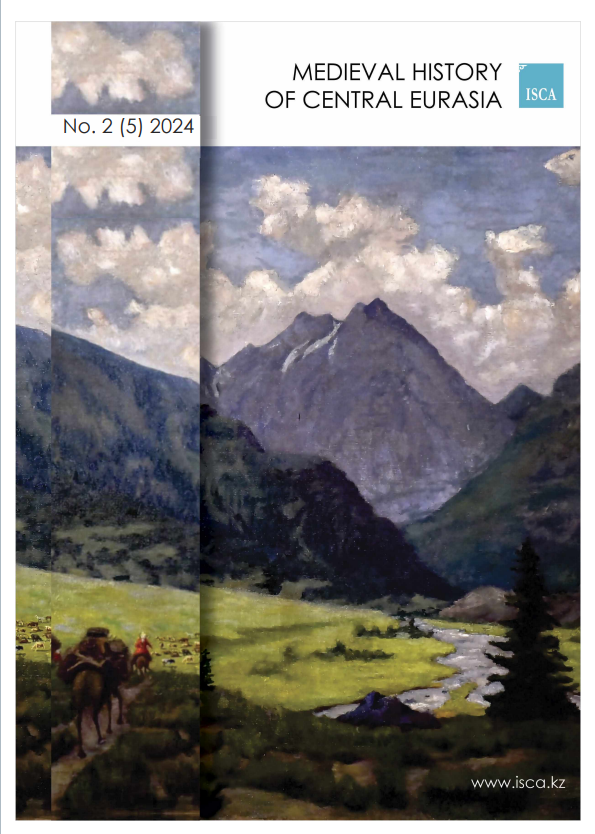CAMEL BREEDING AND CAMEL CULTURE IN BEŞKAZA REGION
Abstract
Nomadic life, one of the basic elements of Turkish culture, is a way of life that
extends from past to present. Nomadic Turks, living in summer pastures and winter quarters
within certain distances, domesticated various animals in various periods of history. The first
activities regarding the domestication of camels date back to B.C. It took place in the territory of
Uzbekistan in the 4000s. Following this development, camel breeding began to spread to the
geography of Turkestan as a result of camels' ability to withstand difficult conditions, their
usefulness in transporting heavy loads, their resistance to hunger and thirst, their non-selective
diet and the availability of their meat, milk, feathers and skin. With the position it has acquired
in social life, the camel has turned into an animal to which mythological and cultural meanings
are attributed over time. In the ancient Turkish religion, the idea that the gods were vehicles
and symbols of power was accepted. After the acceptance of Islam, Hz. The value of the camel
among the Turks increased even more because it was the Prophet's riding animal. Turks took
their camels to the new geographies they migrated to and benefited from them. The first traces
of camel breeding in the Beshkaza lands, one of these geographies that became homeland, date
back to A.D. 12th-13th. It dates back centuries. With the mountainous structure of the
geography and the nomadic life that has continued to be practiced since Turkestan, camels have
become the primary subject of the Yoruks. Various folk beliefs, oral culture products, human
elements and medical practices have been developed over time for camels, whose place in the
eyes of the society is clear with the saying "It is the camel that makes the nomad, it is the horse
that makes the nomad lord". In our study, the historical origins of camel breeding among
Beşkaza Yoruks, the types of camels bred and the cultural elements related to camels were
examined in the light of written sources and findings obtained from resource persons.


